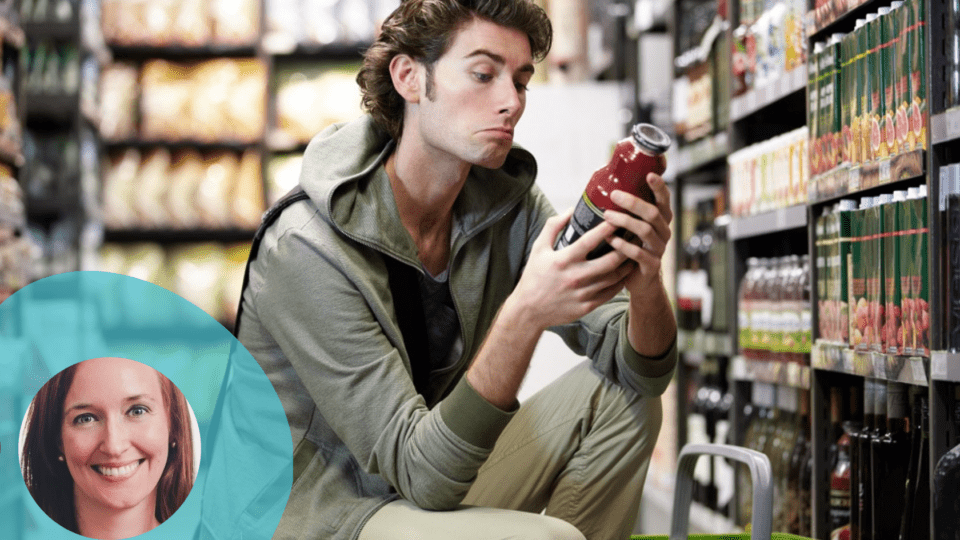Impulse purchases are an important part of a consumer brand’s revenue growth management (RGM) strategy. A brand’s impulse strategy works in step with retailers to understand where to place a product in-store to trigger more “can’t help myself” purchases, as well as develop exciting displays that reel in shoppers. Think of placing rows of gum at checkout and in-aisle candy shipper displays with mouth-watering graphics.
These are tried and true tactics that get consumers to buy on impulse. But what if they’re not in the mood? In fact, the recent economic strains brought on by inflation and record-high product prices have consumers looking less at those mouth-watering displays and shopping more heads down, focusing only on what they need.
Of course, this doesn’t mean impulse buying goes away altogether, but brands need to switch up how they target and message consumers to spur impulse buys. Fortunately, there are ways to do this through more personalized digital tactics.
Inflation Takes the Fun Out of Shopping
Roughly a year ago, the Consumer Price Index reported prices for food at home were up more than 12%, the highest increase in 40 years. An increase that significant is bound to curb some impulse buying behavior. In fact, an Ipsos survey last year found that nearly 60% of consumers said they bought fewer items on impulse because of inflation, highlighting a direct correlation to consumers’ tightening wallets.
Advertisement
During that span, consumers went from “Can’t help myself,” to asking, “Do I really need it?”
While inflation has been slowing, with the latest Consumer Price Index revealing a 4% uptick in the overall index, the lowest increase in over two years, some impulse behavior could return — although it’s not likely that consumers will just automatically start buying at the levels they were before the price hikes. Nevertheless, brands have their work cut out for them, and retailer partners need help moving products.
Dial Into Digital Tactics
Brands can look to drive more impulse purchases through newer tactics like digital shoppable content that has the advantage of getting more personal and intimate with consumers.
For example, a candy brand can still put that enticing display up in stores, but it can also target lapsed shoppers online through mobile shopping apps, using first-party data to identify previous buyers of that candy. The marketing team can then deliver shoppable content directly to that shopper over the app to get their brand back into rotation.
Consumers also could be making less frequent trips to physical stores as a way to manage the impact felt from inflation. In this regard, brands can leverage digital shoppable content as a way to get brands and products top of mind for when the consumer does decide to head to the store. The ads or content can also meet shoppers in their list-building apps to get a spot on the list for the next in-store visit, or the content can trigger a consumer to put an item directly into their e-cart for an online order.
With inflation easing, brands also can target consumers with shoppable content on mobile apps that address responsible indulging — one-click shoppable content that acts just like that gum in the checkout aisle. The content meets shoppers, greeting them with “can’t help myself” ads, and with one click the item is added to the cart on impulse.
Content that Gets Brands Seen
Finally, a product can only inspire an impulse purchase if it’s visible — brands need to turn to digital content to get products that are traditionally bought on impulse to be seen by targeted consumers.
The benefit of targeted digital content, relying on first-party data that knows if a consumer enjoys that brand or category, is a heightened way of getting seen. Brands can deliver shoppable content over mobile shopping apps and online when that consumer typically likes to shop, allowing it to leverage data like location, favorite retailer or day of the week to get even more granular in how it delivers content.
Digital shoppable content can understand a consumer’s previous buying behavior, loyalty information and more to understand their habits and what makes them impulsive. This can help get the right products in front of the right consumers. It’s targeting consumers with impulse in mind.
The more the content seems to know and understand a targeted consumer, the more likely it can drive an impulse purchase. It takes more due diligence and data than stocking candy at checkout, but it can be just as fruitful toward RGM.
Molly McFarland, Co-founder and Chief Revenue Officer of AdAdapted, offers a unique perspective on being a woman in the tech startup world. McFarland began her career as a marketing professional and has expertise in mobile advertising, add-to-list solutions and how to reach consumers in the ever-changing ad space.




